What are the top things I need to know about the Note 8?
The Galaxy Note 8 is here. It's the biggest phone Samsung makes, and expectations for it are just as big to match. And rightfully so, as it has a hefty price tag if you're interested in buying one for yourself. Before you make that decision, you'll want to do your research, and that's why we have one handy guide with all of the information you need to know before choosing to buy a Galaxy Note 8.
Read (and watch) our Note 8 review
To kick things off, you'll want to get the top-level view and see the Note 8 in action with some context in our full video review. When you want more, you can read our complete Note 8 review as well! We also looked at the Galaxy Note 8 three months after release to see how it held up after some time.
More: Samsung Galaxy Note 8 review: An expression of dominance
More: Samsung Galaxy Note 8 review, 3 months later: A polarizing powerhouse
So the Note 8 is big
"Galaxy Note" has always been synonymous with "big phone," and that's still very much true today. Taking on the Galaxy S8's proportions of being tall and skinny, but applying them to a 6.3-inch display, the Note 8 is very tall indeed. At 162.5 mm, it's notably taller than the LG V30 (151.7 mm), Note 5 (153.2 mm) and iPhone 8 Plus (158.4 mm) — all while also being wider and heavier as well.
The Note 8 is huge, there's no way to get around it.
Even with very small bezels around the screen, that big footprint makes it rather tough to reach the top of the display or even reach across for a slide-in gesture from the edge. In many cases you'll have to awkwardly shift your hand, or just wait until you have both hands available to get everything done. In a pinch, you can use the one-handed mode, which shrinks the screen down to the corner so you can actually use it without fear of dropping the phone.
Some people love the big screen — that is, after all, often why they bough a Note in the first place. But if you aren't committed to it, and think you may be able to figure it out in the future, consider getting a smaller phone.
Two cameras are better than one
Part of what you get for that added size is two rear cameras rather than one. Samsung is using the most popular formula of two sensors with the same resolution behind lenses of different focal lengths — one "standard" field of view, and another that's roughly twice the length with a narrower field of view. They aren't the same sensor, though, and the longer lens has a narrower aperture of f/2.4 to the main camera's f/1.7 — that means it lets in less light.
Two cameras ... and not quite twice the capabilities.
In practice, the second camera offers you an extra shooting option and some more utility. As you zoom in, whether you're shooting photos or video, the software will automatically switch to the longer lens so you don't lose resolution. The result? Better photos and video with less noise. You can also just tap the "2X" button to switch to the long lens, giving you a narrower field of view and an altogether different look from a "normal" smartphone shot. It works particularly well for macros, provided you have enough light.
Samsung has also developed a "Live Focus" mode that lets you take photos with both cameras at once, and use that extra data to artificially blur the background ... or at least, what the camera thinks is the background. It doesn't always get that calculation right, and when it misses the mark it looks kind of funny. Thankfully the camera also saves the standard photo from the main camera every time you take a Live Focus shot — an escape hatch, of sorts. Live Focus is worth trying out, and it's capable of excellent results sometimes provided the conditions are all right, but this feature alone isn't enough to differentiate this camera from the Galaxy S8+'s single sensor and lens.
It's very similar to the Galaxy S8+
Chances are you've gathered the fact that the Galaxy Note 8 is extremely similar to the Galaxy S8+ released earlier this year. That's definitely true. The Note 8 is just a couple millimeters larger in its overall external dimensions, and its 6.3-inch display is barely larger than the 6.2-inch of the GS8+ — though the Note 8's display does get a bit brighter. Internally, the only change is the Note 8's extra RAM, now up to 6GB from 4GB, and its smaller battery at 3300mAh to the GS8+'s 3500mAh. Of course there are two rear cameras on the Note 8 — but we already covered that.
Everything else is identical. The materials and build quality, while excellent, are unchanged. The Galaxy Note 8 has a bit sharper corners that give it a more blocky look, but that's pretty minor. The charging technology, ports, speaker and call quality are all the same. So if you have a Galaxy S8+, you shouldn't be considering an upgrade to the Galaxy Note 8. But if you're on a different phone and you want a top-end Galaxy, these phones should be head-to-head in your consideration — just know that you get about 90% the same phone in either case.
More: Galaxy Note 8 vs. Galaxy S8: Which should you buy?
What's new with the S Pen
Several generations in, the existence of the S Pen nestled inside the phone is what gives the Galaxy Note its name. This is, of course, the best and most capable S Pen yet — but it isn't much different from what we saw debut on the Note 7, nor is it dramatically different from the Note 5's.
The S Pen is fantastic, if that's the sort of tool you need.
The new S Pen has higher sensitivity of 4096 levels, which is fantastic when paired up with the very fine 0.7 mm stylus tip, and together you continue to have a very accurate instrument for writing and drawing. The S Pen-focused software is basically the same as far as the core features of Samsung Notes, Screen write, Smart select and Translate go. You get a new "Live message" feature that lets you write out and send animated gifs, and the "Screen off memo" feature has been improved, but that's about it.
The S Pen is still a super effective tool for getting all of the fine control work done on your Note 8, and it brings those extra utilities that you can't just get on any other phone (even a Galaxy S8+) — but it won't be a game-changer for everyone. If the idea of the S Pen doesn't immediately speak to you when you test it out before buying, that's the best indication yet that you should consider the Galaxy S8+.
How about battery life?
For all of that massive size, the Note 8's battery capacity is rather conservative at 3300mAh. As noted that's actually smaller than the Galaxy S8+ and Note 7 (ahem), and the same size as smaller phones like the LG G6 and OnePlus 5. With a super-efficient processor and display, the Note 8's battery life is good; but it isn't necessarily great.
In our testing as part of our review, we found the Note 8 could get you through a full day, even with pretty heavy use, but it wouldn't have anything left in the tank in doing so. Getting upwards of 16 hours of use out of the phone with just a 3300mAh battery is quite good, and probably enough for most people given their typical usage. But not getting exceptional battery life out of a Note, something the line's long been known for, can be a bit disappointing to those who are upgrading from a prior model.
Yup, it's expensive
The Note 8 is very clearly the top-end device in Samsung's flagship lineup, and it has all of the best technology the company has to offer. It also has the highest price, retailing around $950, give or take a few depending on the market and carrier. While you can find some good deals out there, if you just walk into a store today and want to buy one it's going to be very costly.
So is the phone worth the money? Well, that's a personal decision — everyone has a different threshold for what they are willing to pay for a phone. If you want the absolute biggest and best Samsung has to offer, you're going to have to pay up. But if the idea of a $900+ smartphone makes your eyes water, know that you can save $100-200 by getting a Galaxy S8+ or the small-but-capable Galaxy S8 and still get the core experience that makes the Galaxy Note 8 great.
More: Where to buy the Galaxy Note 8
Compared to other smartphones
There are a lot of great smartphones to choose from in late 2017, and the Galaxy Note 8 is certainly one of them. But don't immediately write off those others devices — each flagship has its strengths and weaknesses. Google's Pixel 2 XL lacks a headphone jack and has a worse display, but features lighter software and is guaranteed to receive updates into 2020. For those that don't mind switching ecosystems, the iPhone 8 Plus is also a great option.
More: How the Pixel 2 XL, Note 8, and iPhone 8 Plus stack up to each other
There are four colors to choose from — sort of
The Galaxy Note 8 is offered in four different gorgeous colors: midnight black, orchid grey, maple gold and deep sea blue. But unfortunately you won't have your choice of all four in all areas around the world. The U.S., for example, only has the black and grey models available at carrier stores — while Best Buy will be the exclusive retailer for the deep sea blue variant for AT&T, Verizon, Sprint and the unlocked model. Head up to Canada and you get black and blue ... but not the other two.
Internationally you'll have a better shot at choosing between more colors, but you, unfortunately, can't always count on having all four. Be sure to read our take on the colors and see which one is right for you ... then filter things down by country and go from there.
More: Which color Galaxy Note 8 should I buy?
Bixby is slowly getting better
Bixby was a bit of a mixed bag when it debuted on the Galaxy S8, but it's grown up since then. Rather than compete with Google Assistant with cloud knowledge, Bixby is geared more towards local interactions on the phone itself. This ranges from mundane tasks like toggling Wi-Fi and Bluetooth on and off to setting up elaborate chain reactions rivaling Tasker. For those that don't like Bixby, fear not: the Bixby button can now be completely disabled.
More: Samsung Bixby: Everything you need to know!
DeX is also improving
Another feature announced with the Galaxy S8 was DeX: Hook the DeX dock up to a monitor, keyboard and mouse, then plop the Galaxy phone into the dock, and a full desktop interface will show up on the monitor. It's not going to replace your desktop, and shouldn't replace your laptop, but it's there. Recently, Samsung announced DeX would be improving in a huge way: full-blown Linux. The upcoming "Linux on Galaxy" app will let developers use whatever build of Linux they'd like within DeX. It's still a long way to go before replacing a full computer, but it's a big step in the right direction.
More: Linux on Galaxy is Samsung's most impressive DeX app yet
It has a pretty cool coloring book
All work and no play makes for a dull user. As awesome as the S Pen is for signing documents or annotating notes, it's also a great way to unwind. While there are plenty of coloring book apps in the Play Store, Samsung has included its own (hidden) coloring feature of the Galaxy Note 8. Once you've finished your masterpiece, it can be downloaded to either serve as a wallpaper or to be stuck on the refrigerator where it belongs.
More: How to use the Coloring feature on the Galaxy Note 8
The Galaxy S9 is on its way
While we're still a bit away from the next Galaxy Note, the Galaxy S9 is going to be announced on February 25th with a release coming afterward. There will be another plus model, and while this won't have the S-Pen, it will launch with Android Oreo, feature a newer camera system and an easier to reach fingerprint sensor. At this point, it may be worth waiting to see how the S9+ turns out. It may be better for your needs than the Note 8, or the Note 8 may receive a discount.
More: Galaxy S9: Rumors, Specs, Release Date and More!
Any more questions?
If you have any other questions you need answering, we hope you drop a comment down below or hop into our Galaxy Note 8 forums!
Updated February 2018: Updated with the latest news and information.
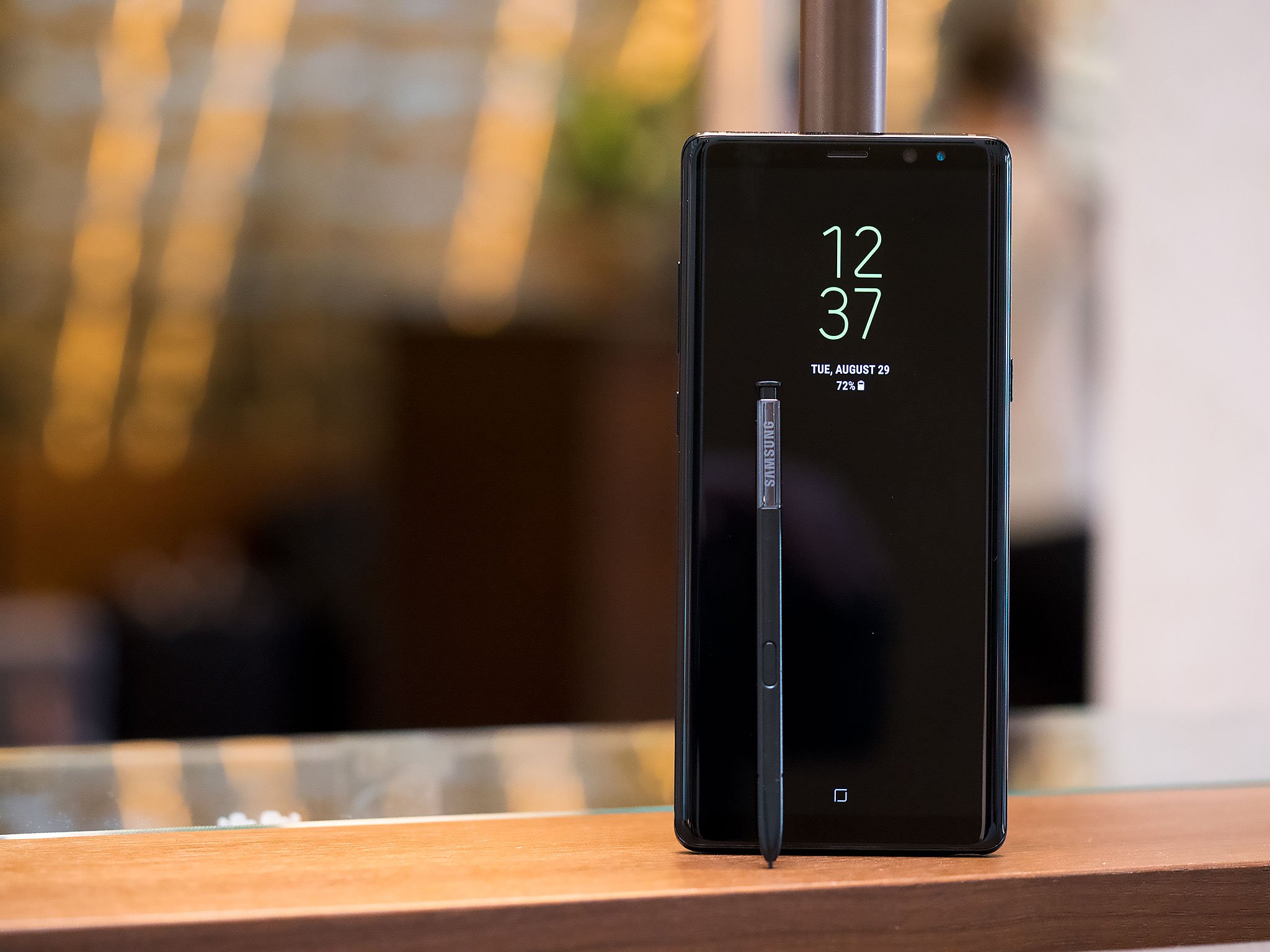
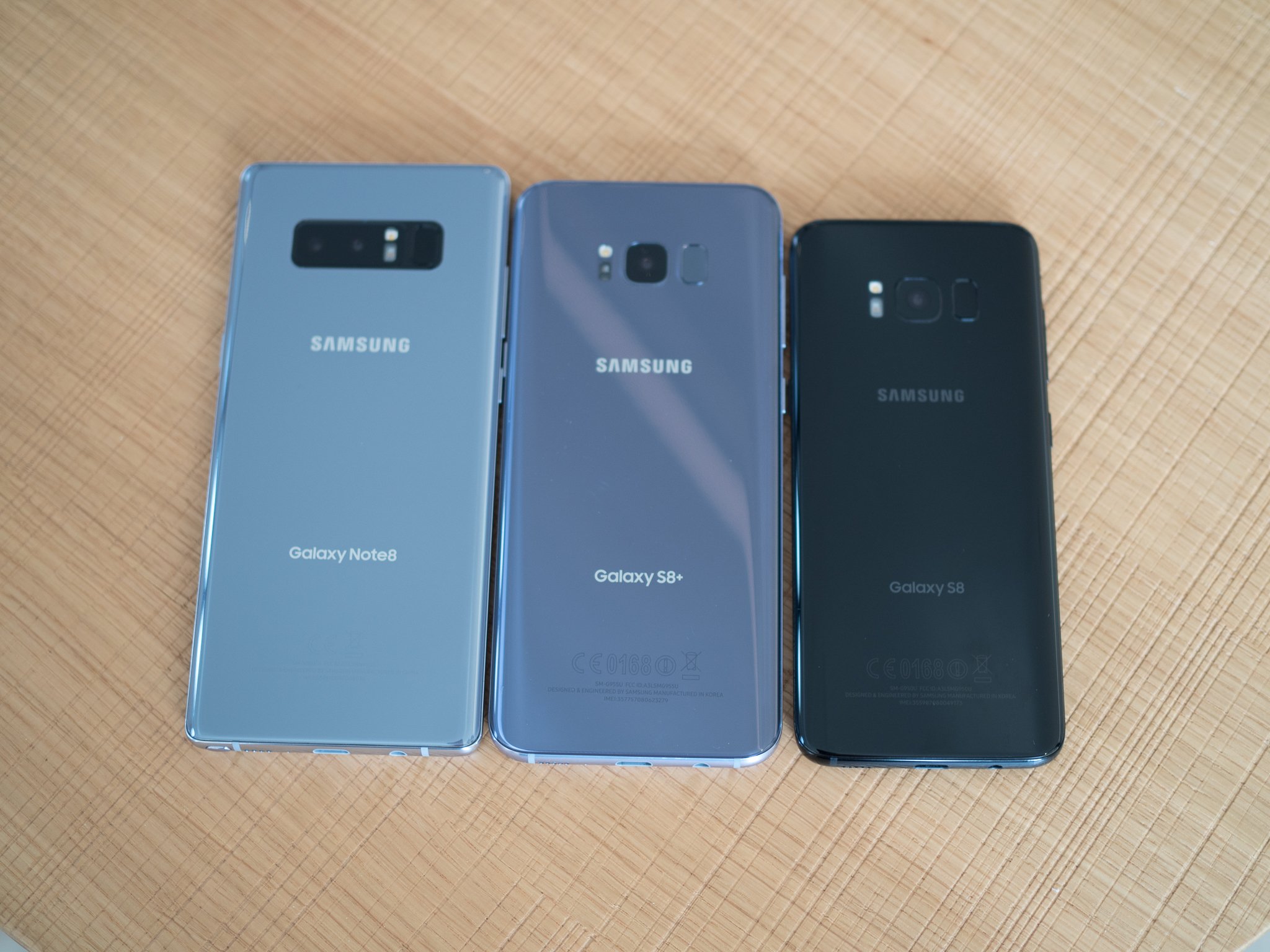



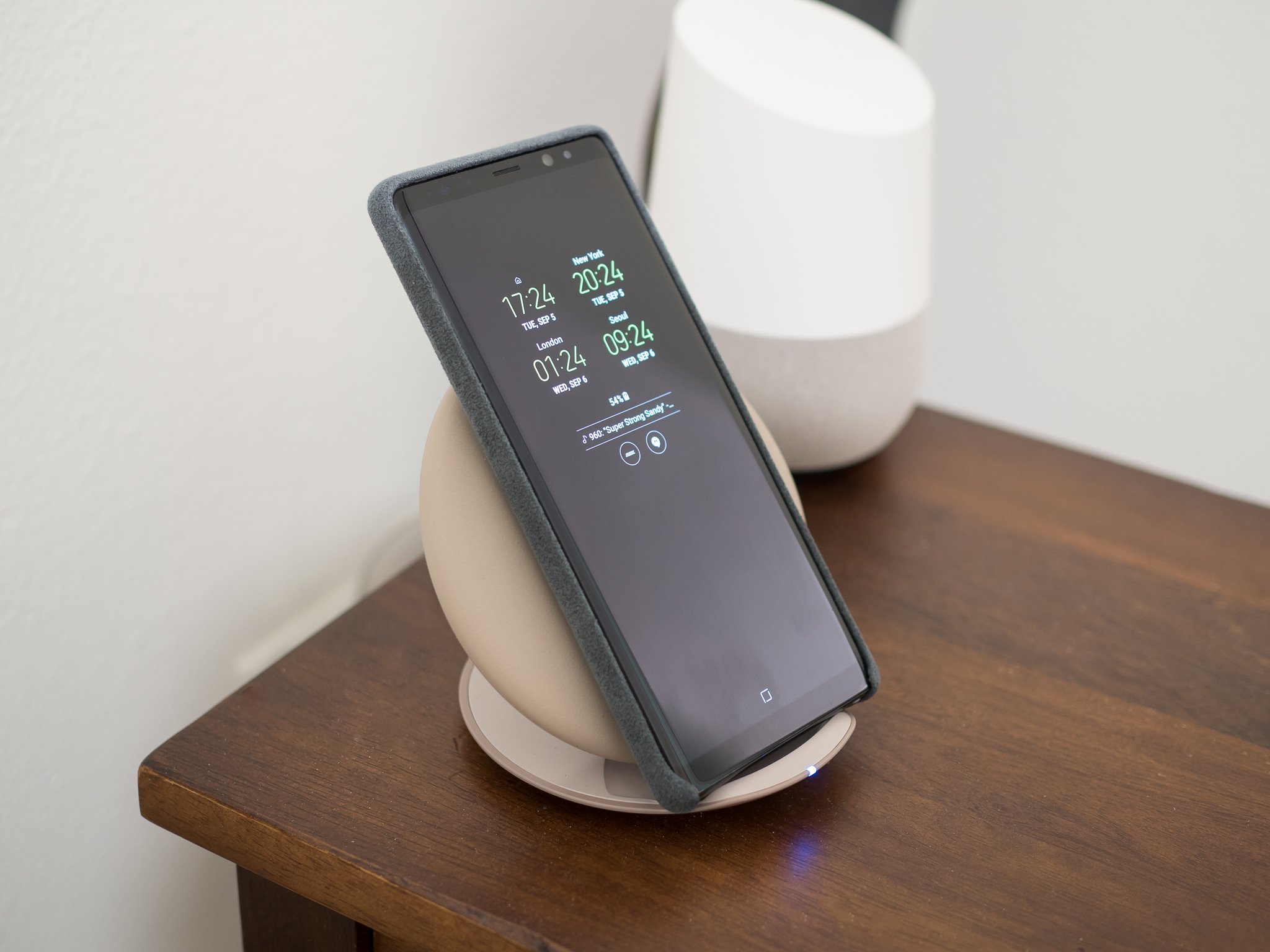
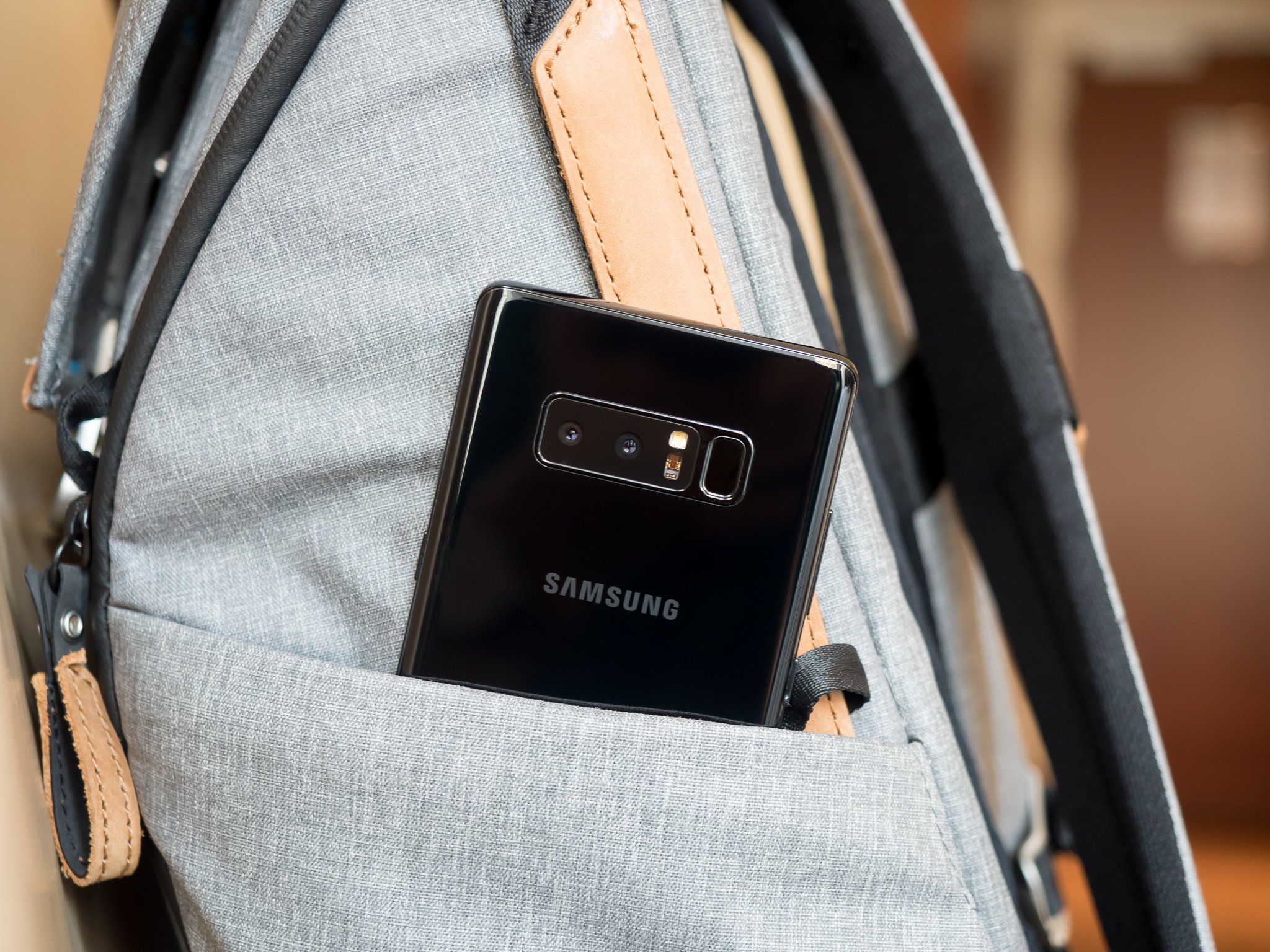

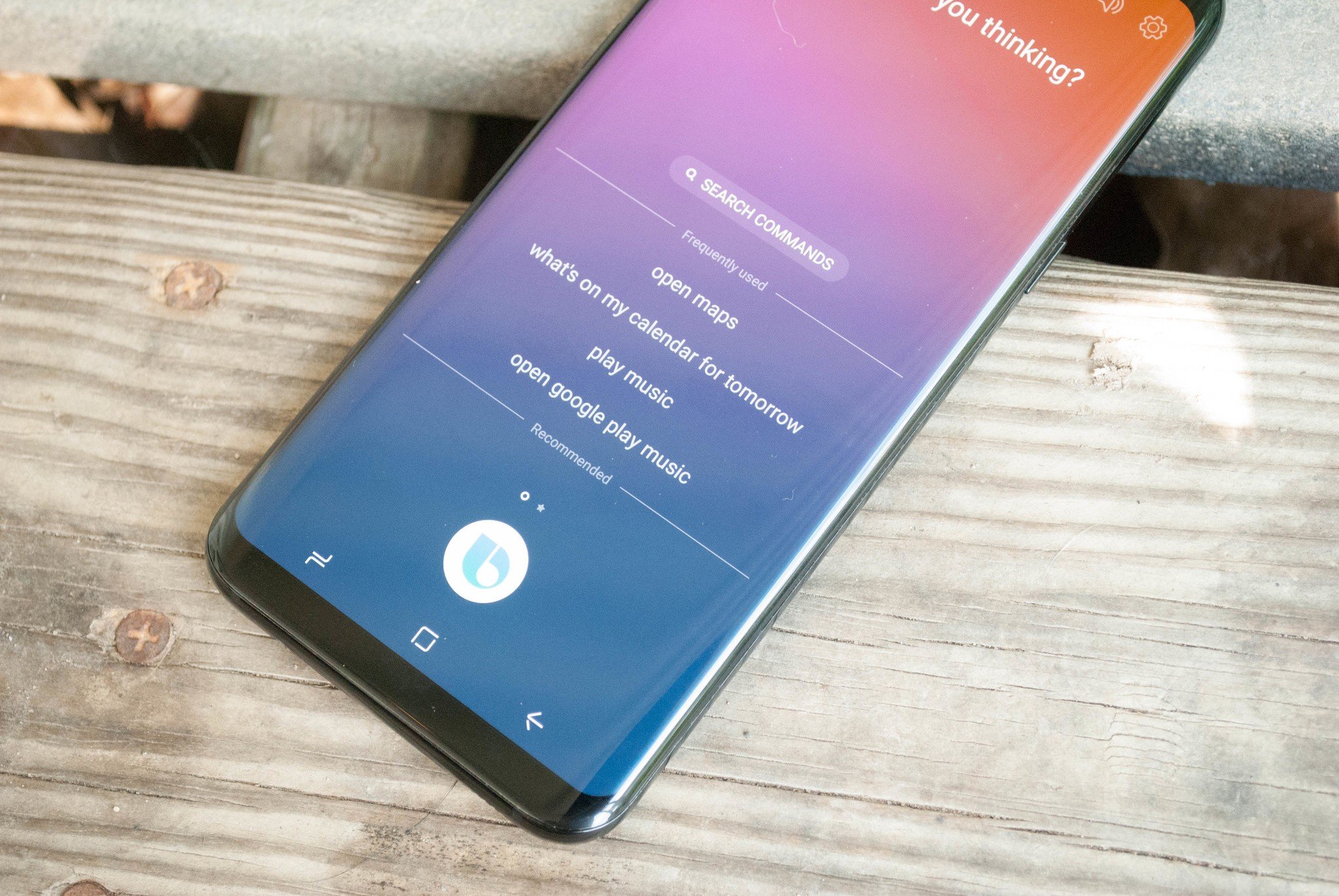



0 Response to "You Can See More: Samsung Galaxy Note 8: Specs, pricing, best features, and problems"
Post a Comment